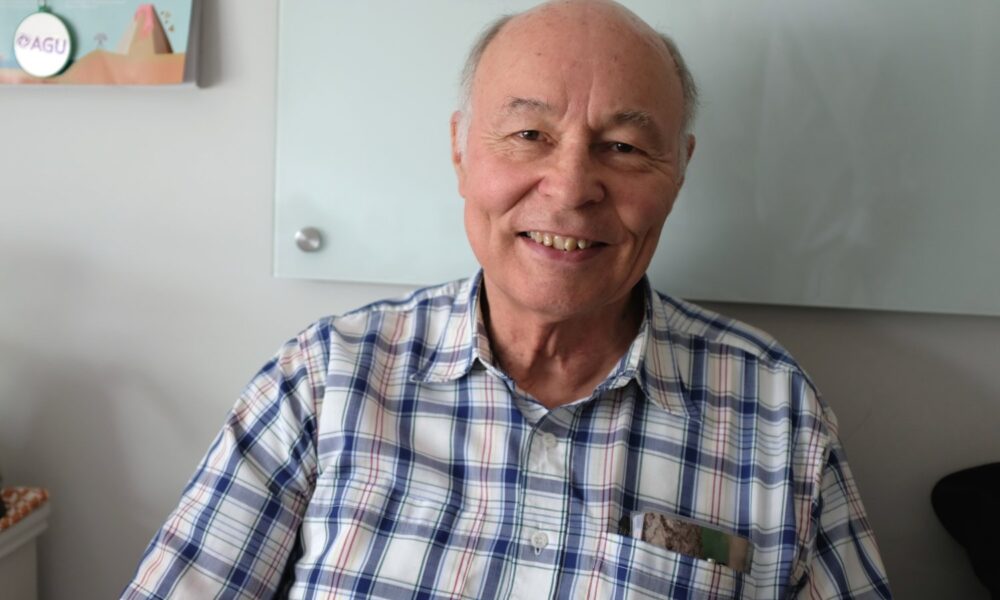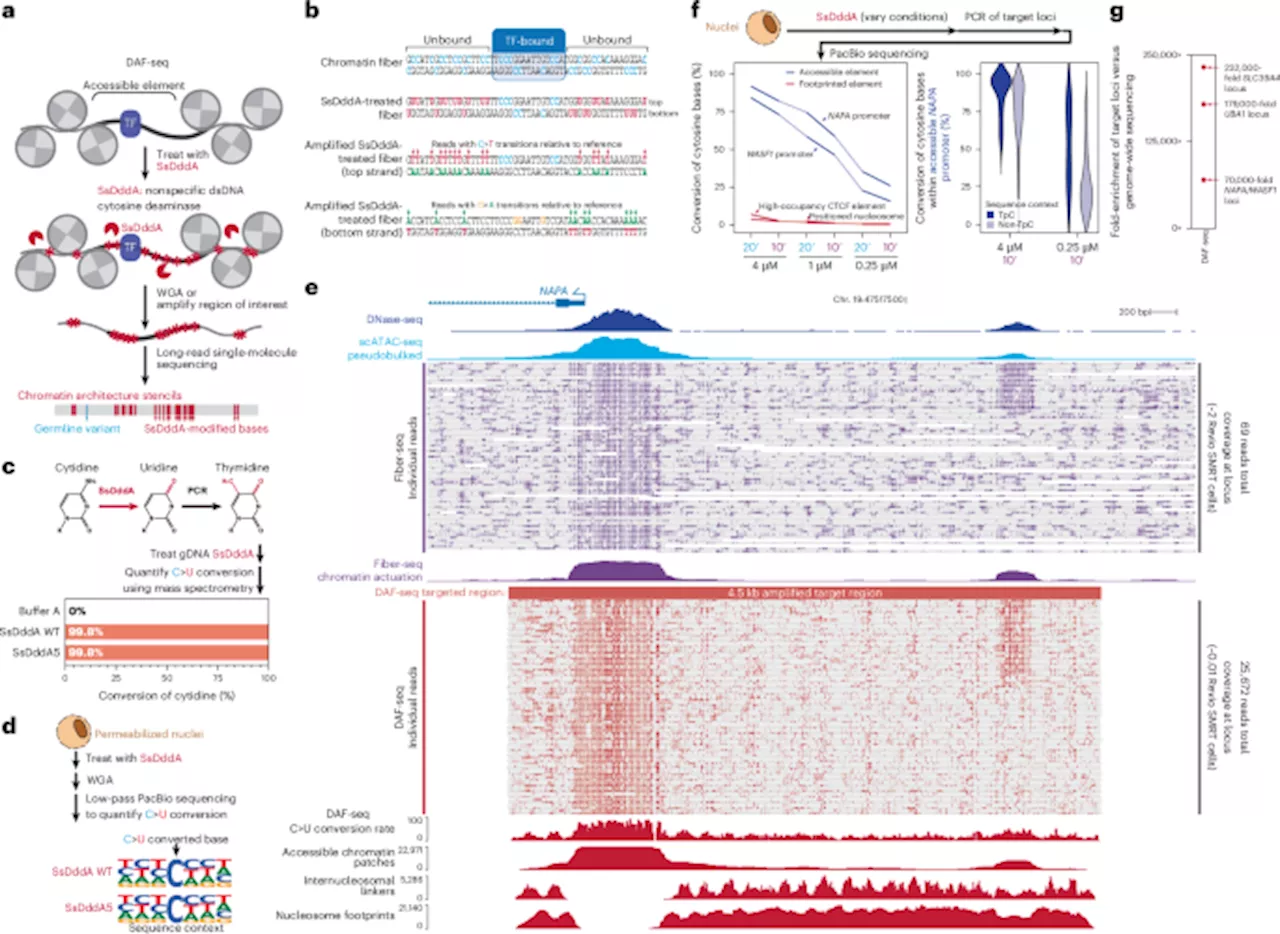A new startup affiliated with Cornell University, named SensVita, is innovating the field of remote healthcare by developing a touchless platform to monitor heart and lung health. Utilizing radio waves, this technology aims to provide clinical-grade sensing capabilities from the comfort of home, avoiding the need for wires or direct skin contact.
SensVita has recently joined the Praxis Center for Venture Development, an incubator designed to support emerging startups in engineering and science. According to Bob Scharf, the academic administrative director at Praxis, the technology could be particularly beneficial for patients who are difficult to monitor, such as those in memory care or neonatal units.
The concept behind SensVita is both ambitious and straightforward: employ near-field radio frequency sensing to detect subtle physiological movements within the body. The sensors can be positioned in various locations, including furniture or clothing, to continuously monitor cardiac and respiratory metrics without burdening the patient. This approach promises to deliver real-time data to both patients and healthcare providers, eliminating the need for complex or intrusive devices.
Edwin Kan, a professor at Cornell’s School of Electrical and Computer Engineering, developed the foundational technology that underpins SensVita. His research focused on near-field coherent sensing systems capable of directing electromagnetic signals into body tissue to gauge internal movements like heartbeats and blood flow. Thomas Conroy, a Ph.D. student who founded SensVita in 2023, began working on noninvasive health sensors during his studies at Cornell, driven by a vision to improve healthcare monitoring.
Conroy, alongside his father James Conroy, who has extensive experience in the medical device industry, aims to transition SensVita from a prototype to a commercially viable product. In February 2025, the startup won a significant $305,000 Phase I Small Business Technology Transfer (STTR) grant from the National Science Foundation to advance its technology towards pilot studies and commercialization.
The target market for SensVita includes chronic disease management, with a focus on conditions that require frequent monitoring, such as heart failure, chronic obstructive pulmonary disease (COPD), and sleep apnea. Conroy emphasized the importance of continuous data, noting that it could help detect subtle declines in health before they necessitate costly hospitalizations.
Remote monitoring continues to be a pivotal theme in healthcare innovation. Frequent hospital readmissions impose a financial burden on healthcare systems, highlighting the need for effective solutions. “We are focused on people at high risk for going back to the hospital,” stated Conroy. SensVita positions itself as a complementary tool, aiming to enhance baseline continuous monitoring alongside existing technologies like ECGs and imaging.
The startup’s zero-contact model is particularly appealing for home settings, assisted living facilities, and for patients who may resist traditional wearable devices. Prior to testing on human subjects, SensVita plans to conduct animal testing to monitor vital signs for changes in heart and lung health. Scharf noted that the College of Veterinary Medicine at Cornell will facilitate this phase of research.
If successful, SensVita could become a prominent player in the growing remote patient monitoring (RPM) market. Many healthcare systems now offer reimbursement for RPM services, and the shift towards home-based care is accelerating. Scharf highlighted the uniqueness of SensVita’s no-contact technology, stating, “This is technology covered by multiple Cornell patents. Everyone acknowledges Cornell is the leader in this concept.”
With access to advanced instrumentation through Praxis, including million-dollar equipment, SensVita is well-equipped to navigate the challenges of bringing innovative healthcare solutions to market. As the demand for passive, noninvasive health technologies rises, SensVita’s approach could prove to be a game changer in how chronic conditions are monitored and managed.







